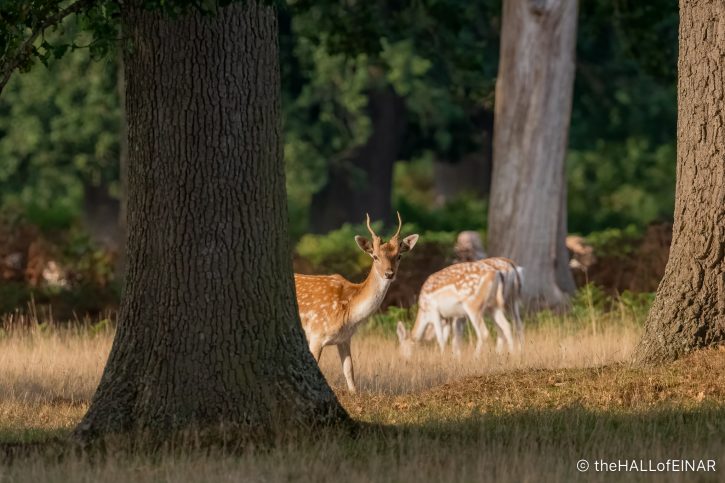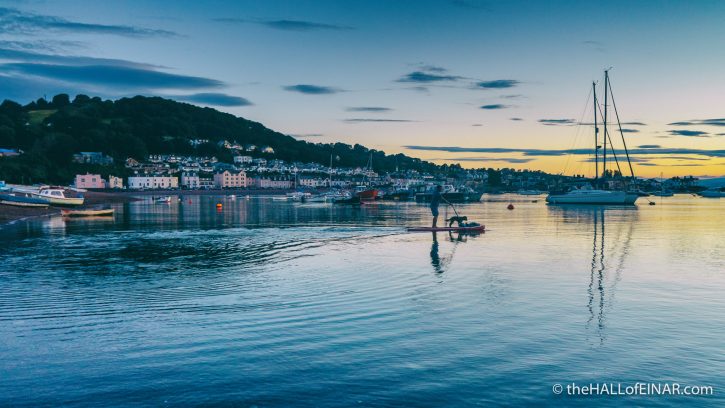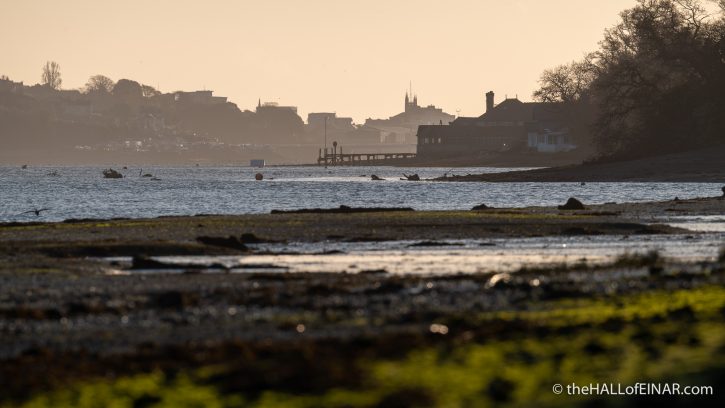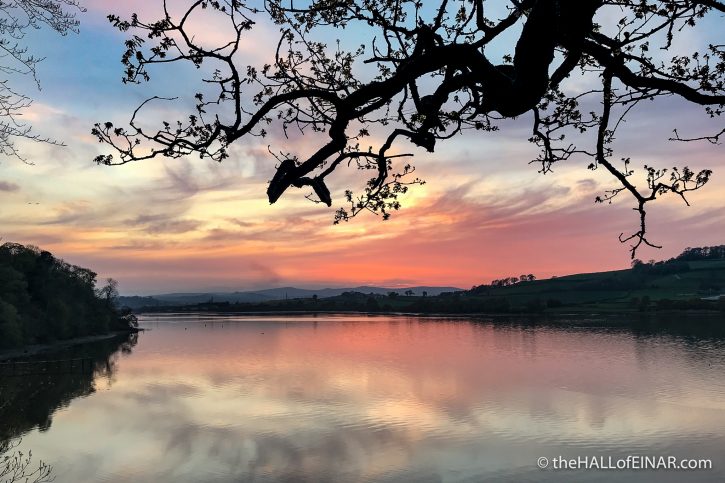Here All The Summer Could I Stay
South Devon is a special place, full of beautiful coves, red sandstone cliffs, flooded river valleys and a history of seafaring and smuggling. There’s Salmon fishing off the beaches, historic pubs with smuggling connections, and the ubiquitous Devon cream tea, with cream on first, then jam.
John Keats came to Teignmouth in 1818 to stay with his brothers, one of whom was suffering from tuberculosis. While staying here, John Keats wrote this piece of what he called ‘doggerel’.
[‘Some Doggerel’ sent in a letter to B.R. Haydon]
Teignmouth
For there’s Bishop’s teign
And King’s teign
And Coomb at the clear Teign head –
Where close by the stream
You may have your cream
All spread upon barley bread.
There’s arch Brook
And there’s larch Brook
Both turning many a mill;
And cooling the drouth
Of the salmon’s mouth,
And fattening his silver gill.
There is Wild wood,
A Mild hood
To the sheep on the lea o’ the down,
Where the golden furze,
With its green, thin spurs,
Doth catch at the maiden’s gown.
There is Newton Marsh
With its spear grass harsh –
A pleasant summer level
Where the maidens sweet
Of the Market Street,
Do meet in the dusk to revel.
There’s the Barton rich
With dyke and ditch
And hedge for the thrush to live in
And the hollow tree
For the buzzing bee
And a bank for the wasp to hive in.
And O, and O
The daisies blow
And the primroses are waken’d,
And violets white
Sit in silver plight,
And the green bud’s as long as the spike end.
Then who would go
Into dark Soho,
And chatter with dack’d-hair’d critics,
When he can stay
For the new-mown hay,
And startle the dappled prickets?
It’s easy to make fun of Romantic poets. Anyone who starts a poem with the words “Ode to…” is going to be mercilessly laughed at nowadays, even if it is a poem about Nightingales. Bishop’s teign is the village of Bishopsteignton. King’s teign is the village of Kingsteignton and Coombe at the clear Teign head is the Coombe Cellars pub. A dappled pricket? Here’s one:

Here’s a view of Shaldon from Teignmouth. They’re the places I spent my childhood holidays and the reason I moved down to South Devon to have a family.

And here’s the view looking down the River Teign (pronounced ‘teen’) towards Teignmouth (pronounced ‘tin-muth’), with the Coombe Cellars Inn, mentioned in the poem, and famous for being a smuggling haunt and 19th Century holiday destination. Until 2006 it was owned by Brewers Fayre, who ran it as a family pub, serving factory manufactured food-like substances and industrially brewed alcohol.

And here’s a glorious sunset over Newton Abbot:

When Keats’s brother came to Teignmouth, seriously ill with tuberculosis, the aim was probably to find a better climate to reduce his illness. Unfortunately, it was cold, with sea fog and incessant rain from the moors. John Keats’s vivid imagination conjured up the brooks and the sheep and yellow gorse, and even ‘maidens sweet’ in Market Street. He must have been ill, too.
John Keats went to Rome to die of tuberculosis. He was twenty-five years old and had sold a total of 200 books.
He’s buried with the inscription “Here lies One whose Name was writ in Water.”